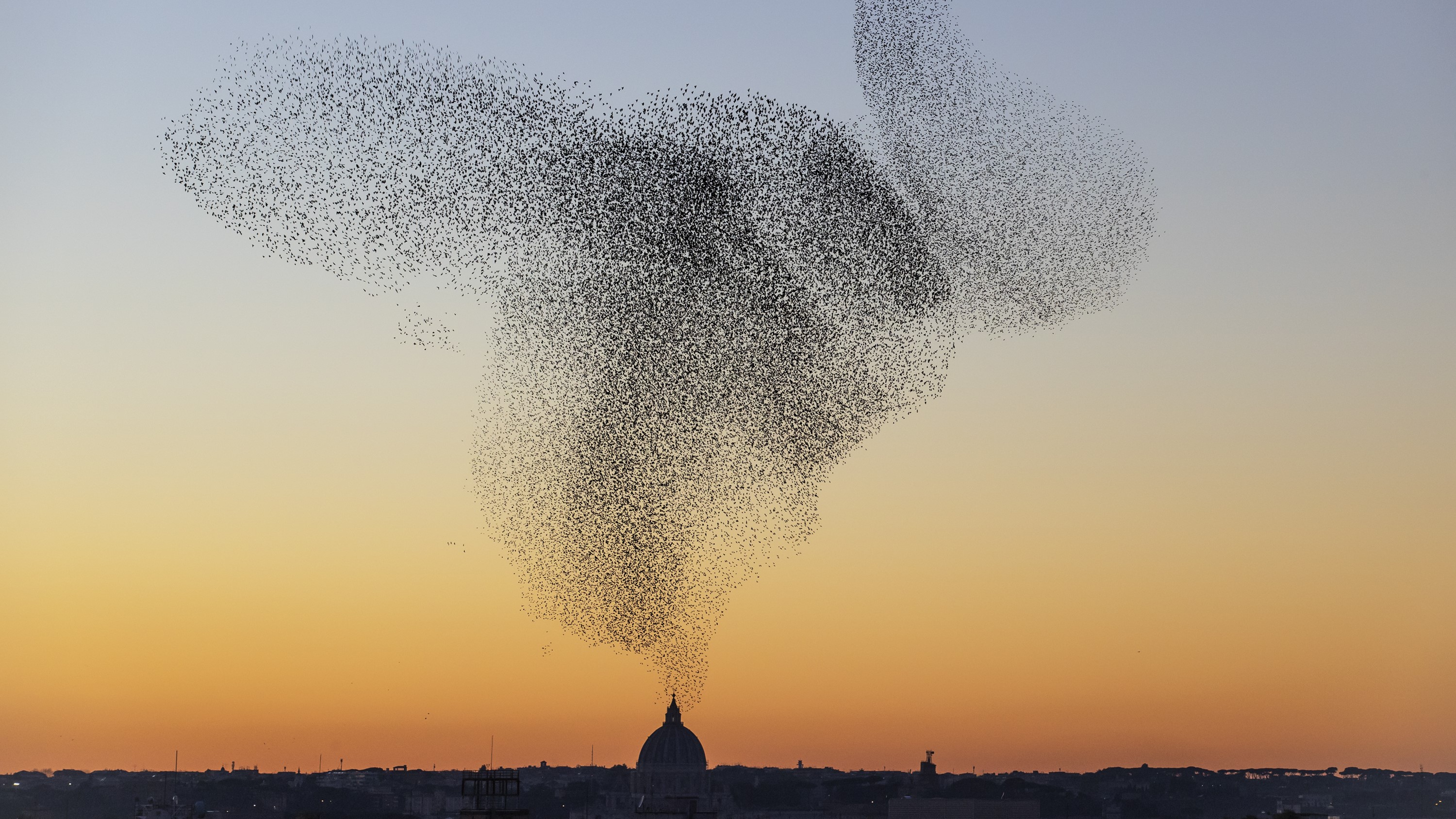
This week in science news IBM unveiled a massive 1,000 qubit quantum chip, we discovered a lost world of lagoons in the Atacama desert, and met a dolphin with an unusual flipper.
Quantum computing is poised to revolutionize our world as it matures. Its potential is immense — a quantum computer might complete, in just four minutes, what a traditional supercomputer would take 10,000 years to achieve. The key lies in developing the necessary chips. This week, IBM announced a significant advance, a 1,000-qubit quantum chip, the second largest ever created. Surprisingly though, IBM's focus isn't on this achievement. Instead, they're targeting a chip 10 times smaller — but why?
At the crossroads between future technology and health, researchers plugged a brain organoid into an artificial intelligence system, using the neural tissue to help complete computational tasks, which could be a step toward biocomputers. Other health stories that sparked our interest this week were the epigenetic link to the lifespan of mammals, a "rare" sleep disorder that might not be as uncommon as previously thought, and the fact we might have been ignoring "long flu" for a long time.
To space, where an "almost unbelievable" and ultra-rare gap in the sun’s ever-blowing solar wind briefly blew up Mars' atmosphere. It happened last year, but scientists now think it could happen to Earth too. However, we don't have to go that far back in time for the sun to be causing havoc on Earth — just this week a monster X-class flare, the most powerful solar eruption since 2017, exploded from the sun, triggering radio blackouts on Earth and unleashing a CME that could also hit our planet in the next few days.
Speaking of things hitting Earth, new simulations suggested Arizona's famed Barringer Crater could have been formed by a cosmic "curveball" asteroid Elsewhere on Earth, we discovered "dead" Californian redwoods that have sprung back to life following wildfires, a 400 million-year-old parasitic fungus frozen in time, and a jaw-dropping ecosystem of crystal-clear lagoons and salt plains in Argentina's Puna de Atacama desert, which could offer a window onto early life on Earth and Mars.
Other things found on Earth this week are an 800-year-old healing bowl emblazoned with a double-headed dragon, 2,200-year-old tiles providing a direct link to the history of Hanukkah, some ancient defleshed human bones, and a medieval 'curse tablet' summoning Satan — found at the bottom of a latrine.
And finally, to the animal kingdom, where alongside the Antarctic sea spider, bloodthirsty female meerkats and pinky-white alligator, there was the remarkable discovery of a strange dolphin in Greece that had developed intriguing, hook-shaped "thumbs" carved out of its flippers.
Follow Live Science on social media
Want more science news? Follow our Live Science WhatsApp Channel for the latest discoveries as they happen. It's the best way to get our expert reporting on the go, but if you don't use WhatsApp we’re also on Facebook, X (formerly Twitter), Flipboard, Instagram, TikTok and LinkedIn.
Picture of the week

Breathtaking new stills and footage capture the beauty and acrobatic skills of tens of thousands of starlings as they swarm and sweep across skies in Europe. The mesmerizing shots were taken by Danish photographer Søren Solkær, who has followed the majestic birds for six years across Europe.
Starlings (Sturnus vulgaris) flock to form what are known as murmurations, named after the noise their thousands of flapping wings make during these events. Starling murmurations can contain more than a million birds, all swooping in unison to create evocative shapes in the sky.
In his ninth photographic monograph, titled "Starling" (Edition Circle, 2023), Solkær showcases this "incredible ballet" in a series of images taken during and after sunsets in Europe.
Sunday reading
- Gemini AI: Everything you need to know about Google's answer to ChatGPT
- Most spiders don't have "furry" bodies, so why do tarantulas look so hairy?
- In the book excerpt from "Meetings with Remarkable Mushrooms", ecologist Alison Pouliot reveals why death by parasite keeps life in the forest thriving.
- "What is that material?": Scientists are stumped by "head scratching" material found in asteroid Bennu's sample return.
- What would happen if you drilled through Earth to the other side?
- Don't mess with the glittering sand striker, better known as the "bobbit" worm.
- What walks like an old man, does squats and can handle delicate objects like eggs? Elon Musk's disco-dancing new robot, that's what.
- Remember that missing tomato in space? Well it turns out there were two of them, and they don't look appetizing.
Live Science long read

Dr. Suzanne O'Sullivan, a consultant neurologist at the National Hospital for Neurology and Neurosurgery in the U.K., has spent her life treating psychosomatic illnesses, or disorders in which people suffer from debilitating physical symptoms that cannot be explained by a physical examination or medical investigation.
Medicine has a long and ignominious history with conditions for which they cannot find a physical cause, often dismissing them with sexist terms such as "hysteria." But that is a fundamental misunderstanding of how these very real illnesses manifest.
"I think it's not an awareness problem; it's a problem with a lot of old fashioned hang-ups."
Dr. Suzanne O'Sullivan
While many people with these conditions are told "it's all in your head," or dismissed as hypochondriacs, that's problematic, says O'Sullivan. As part of her work, she aims to reduce the stigma and clear up misunderstandings about psychosomatic illness.
Live Science talked to O'Sullivan about why these conditions are so poorly understood, how they're diagnosed, and why treatments for them so often fail.







